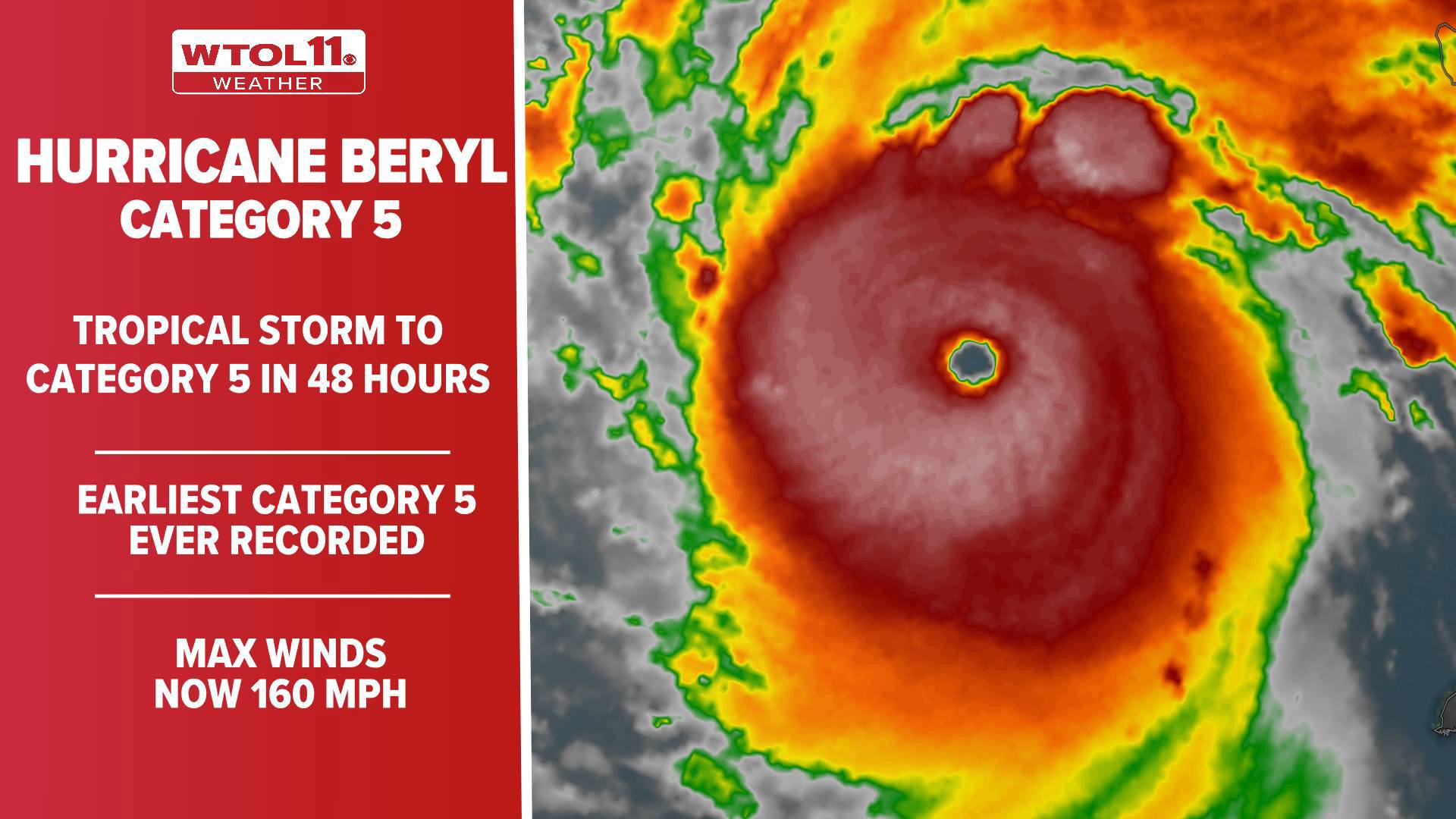TOLEDO, Ohio — The 2024 Atlantic Hurricane season is projected to be above average as an uptick in tropical development has already been seen.
According to the National Oceanic and Atmosphere Administration (NOAA), 2024 is expected to see 17 to 25 named storms, eight to 13 hurricanes and four to seven major hurricanes. Hurricane Beryl was the first major hurricane we saw this season and it broke several records.

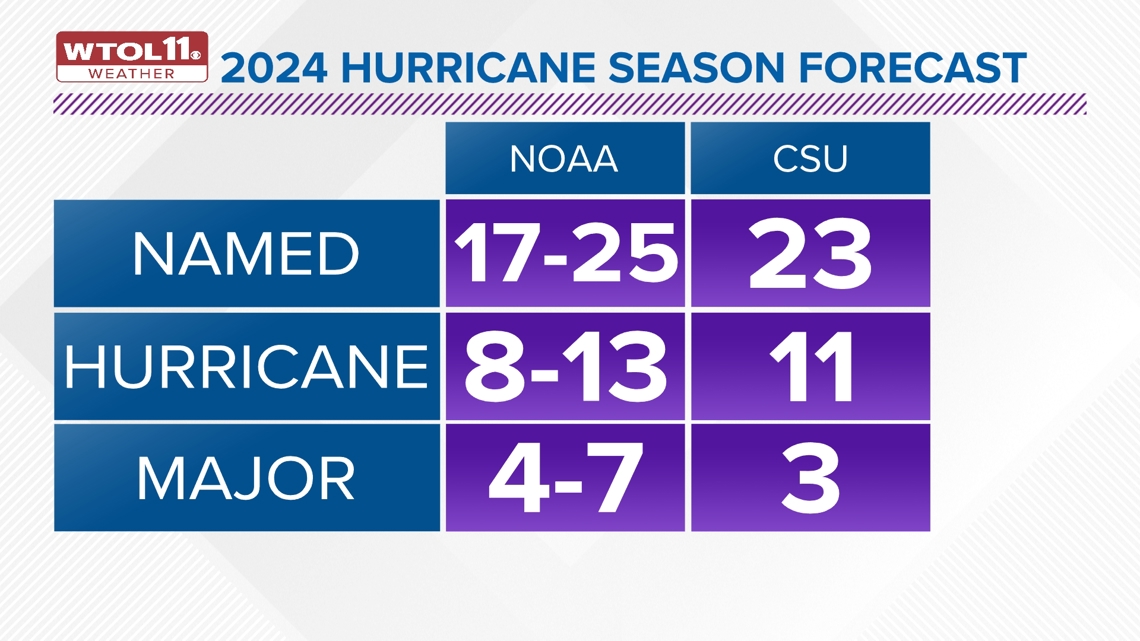
Beryl was the earliest Category 5 hurricane ever recorded, becoming a Category 5 on July 1, 2024. It strengthened very quickly, going from a tropical storm to a Category 5 hurricane in 48 hours.
This powerful storm made landfall in the Caribbean islands on Monday, July 1 as a Category 4 hurricane. Later that evening, it intensified once again to a Category 5 hurricane.
PREVIOUS REPORT: Hurricane Beryl intensifies to Category 5 storm after razing southeast Caribbean islands

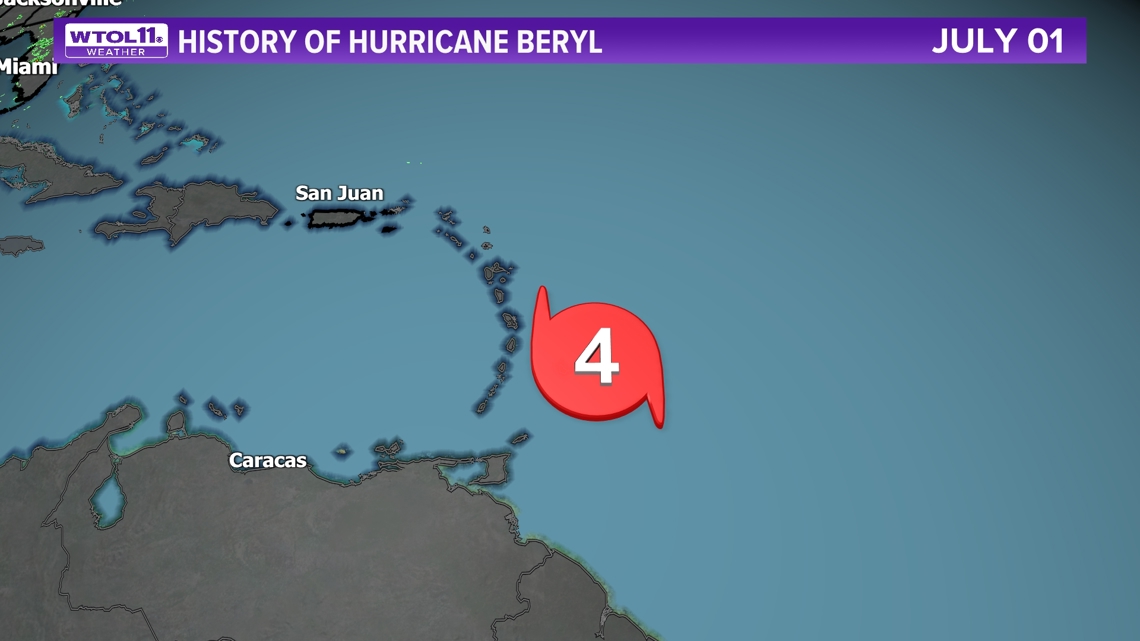
Beryl continued to travel out into the Caribbean and weakened to a Category 2 hurricane before making landfall in Mexico on July 5.
PREVIOUS REPORT: Hurricane Beryl strengthens back into a Category 3 storm as it nears Mexico’s Yucatan Peninsula

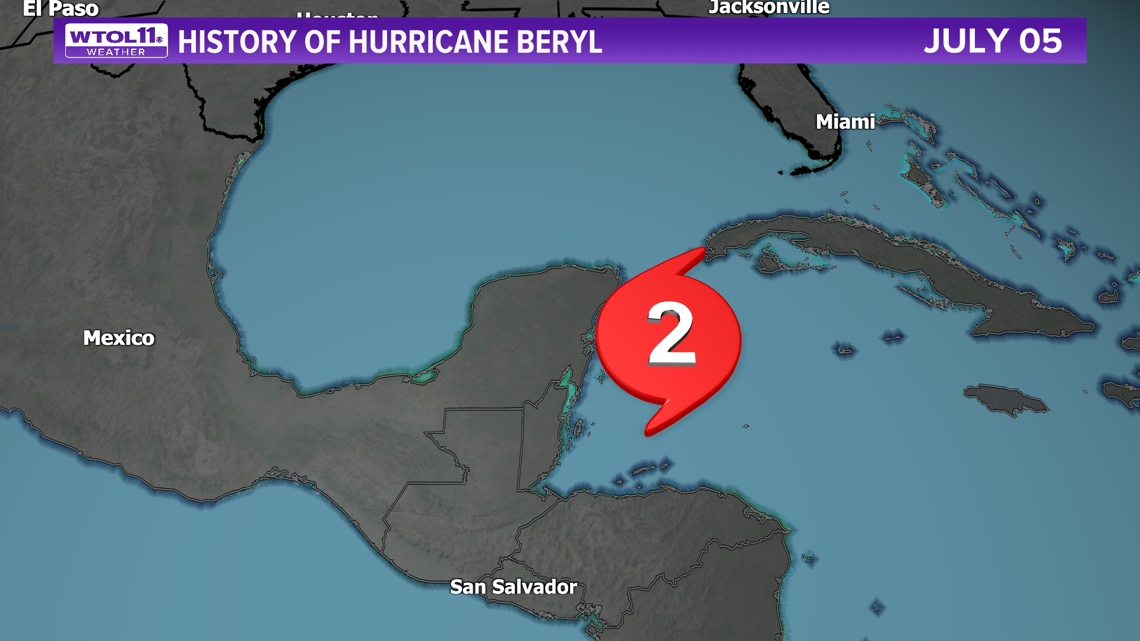
Beryl continued its path and made its way back out in the Gulf and made landfall in Texas on July 8 as a Category 1 hurricane.
PREVIOUS REPORT: Beryl leaves hot misery in the Houston area. It still threatens flooding on its path northward

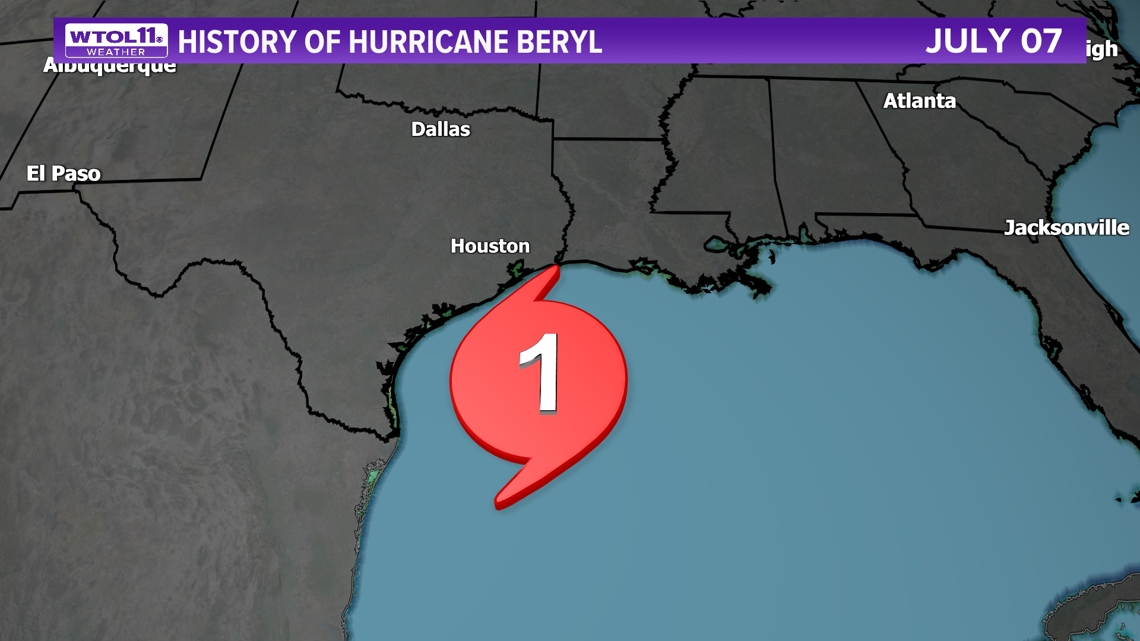
Once Beryl made landfall in the United States, it impacted at least a dozen states and caused tornadoes, wind damage and flooding. Millions of people have been left without power and there have been at least 10 deaths.
Residents of northwest Ohio and southeast Michigan felt impacts of the storm as well, bringing damp and muggy weather as steady rainstorms moved up the Ohio River Valley.



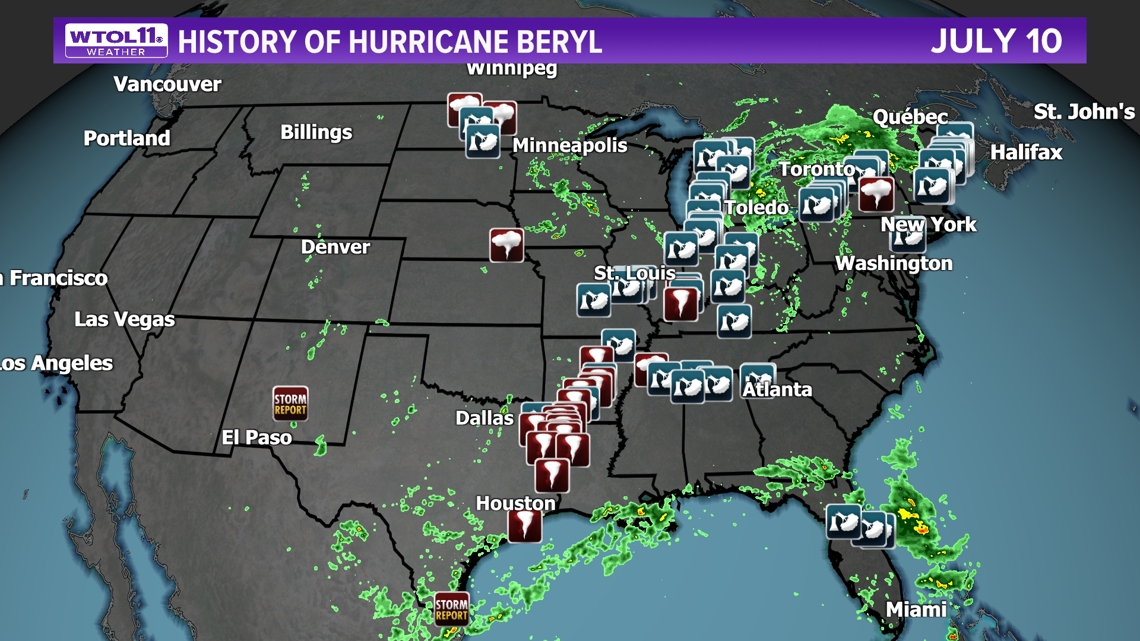
The above-normal hurricane season this year, in part, is due to the warmer waters in the Atlantic, lower Atlantic trade winds and less wind shear. All of these factors are main ingredients for tropical development.
Hurricane season lasts from June 1 to Nov. 30 each year.

